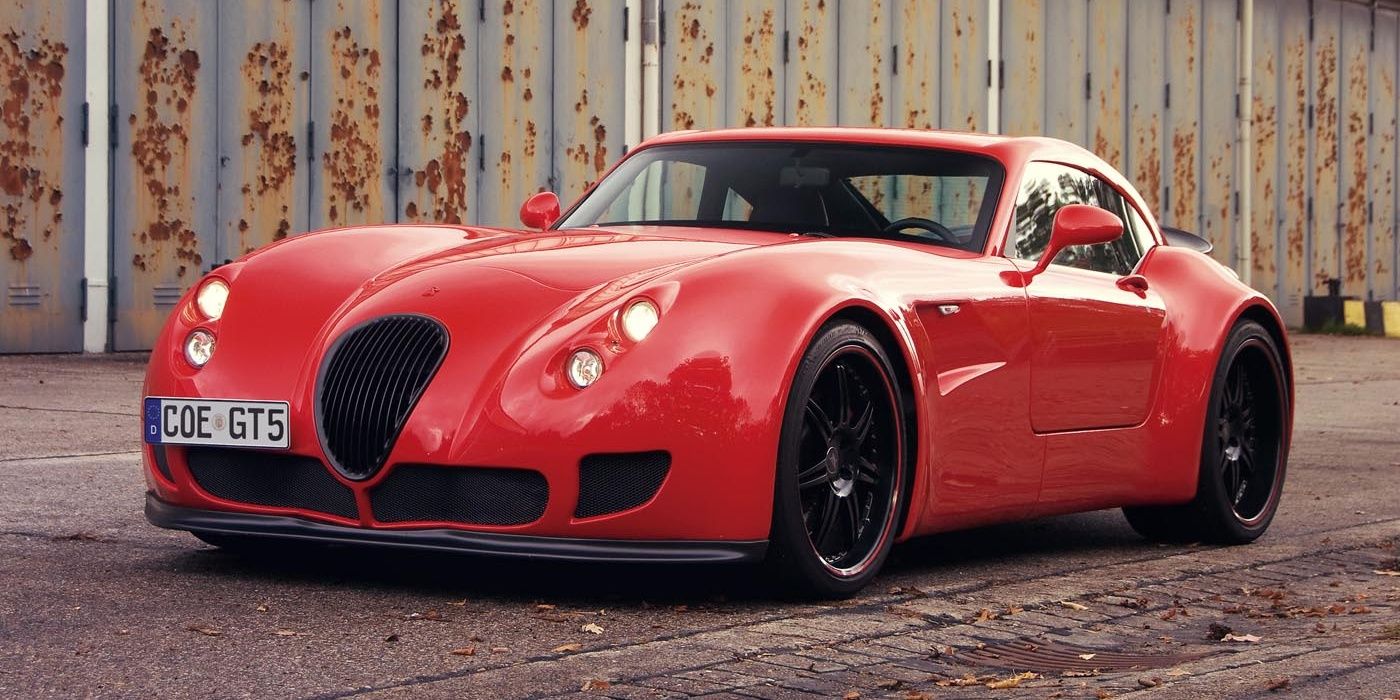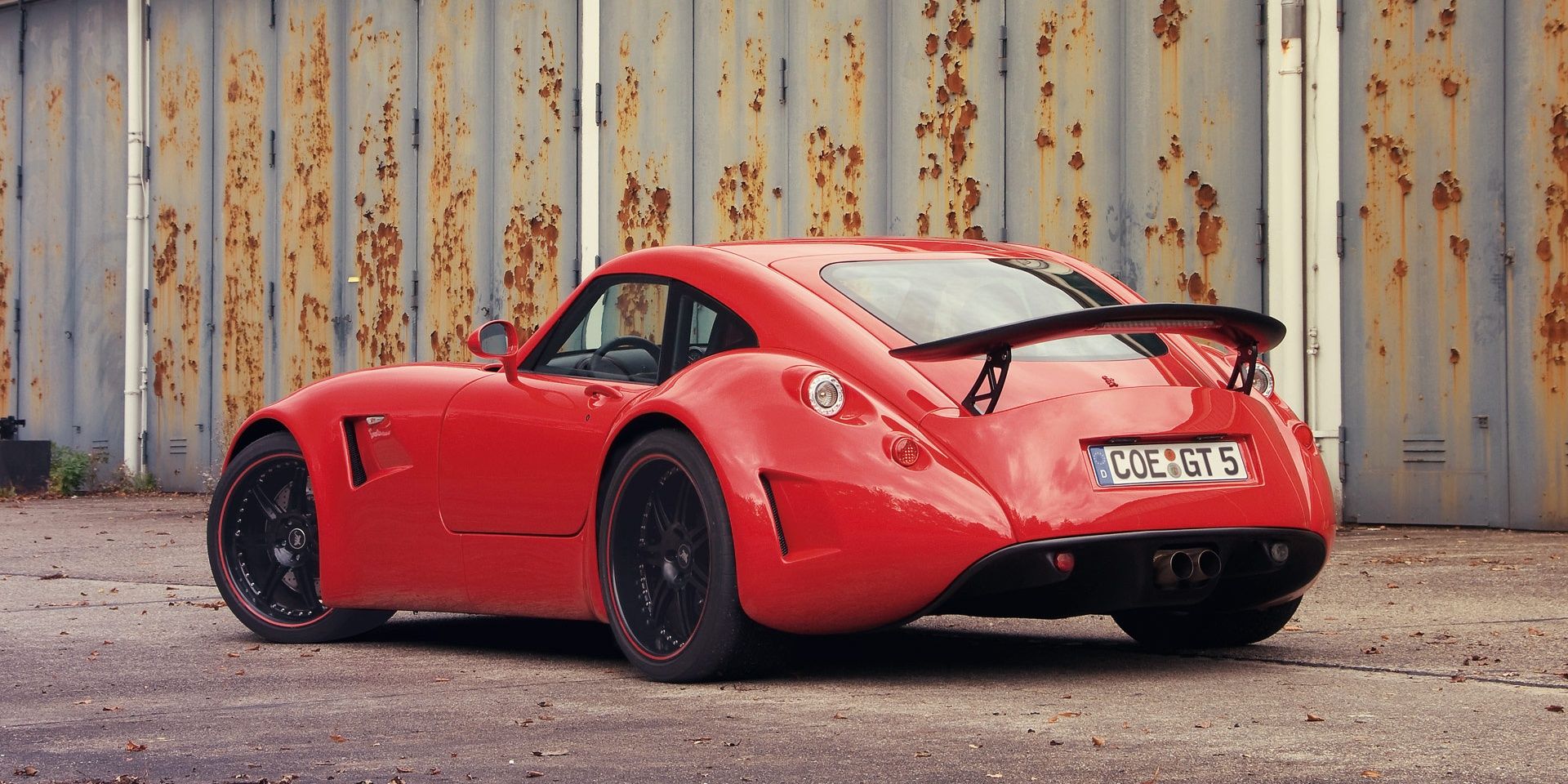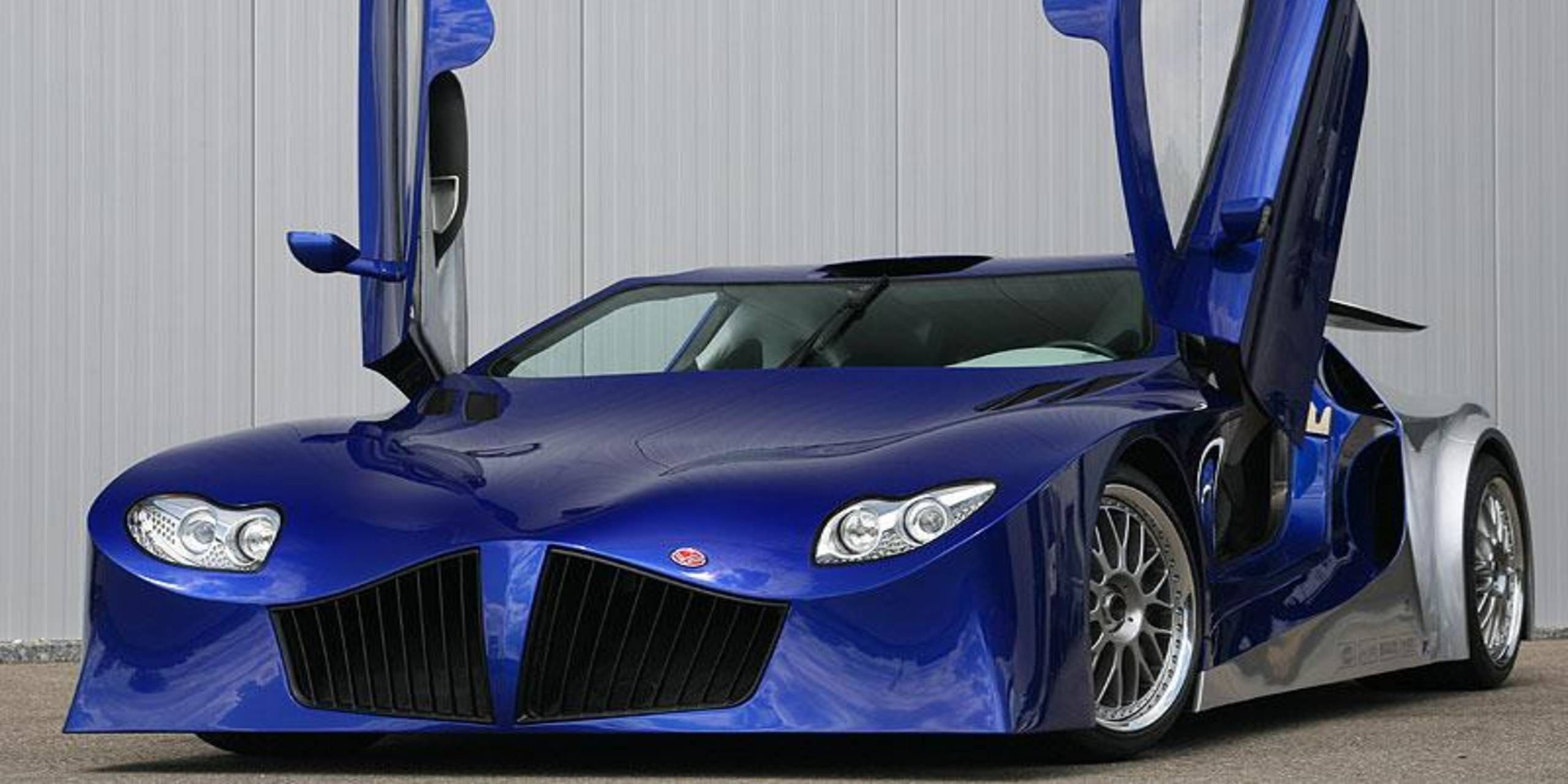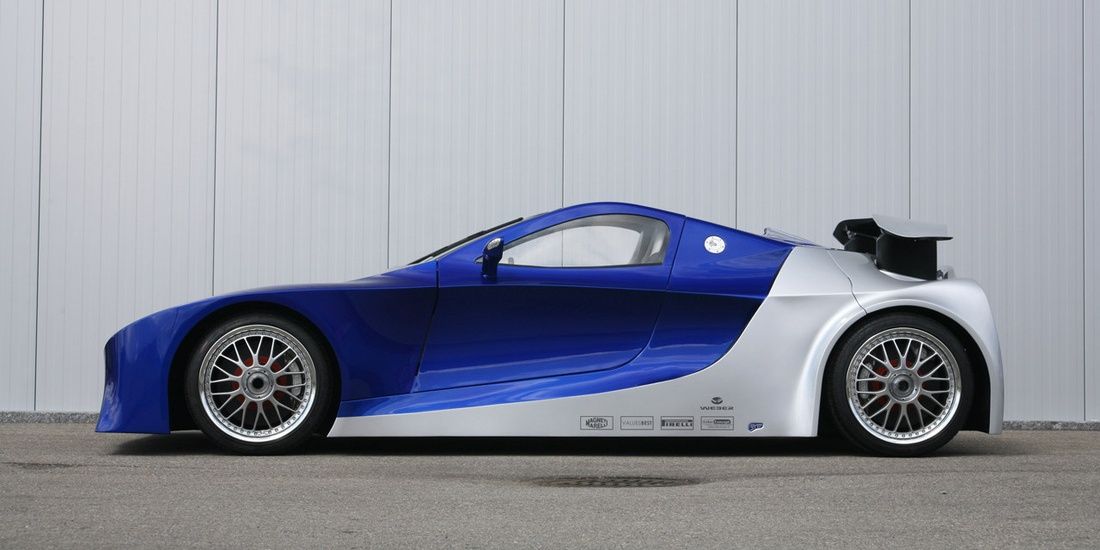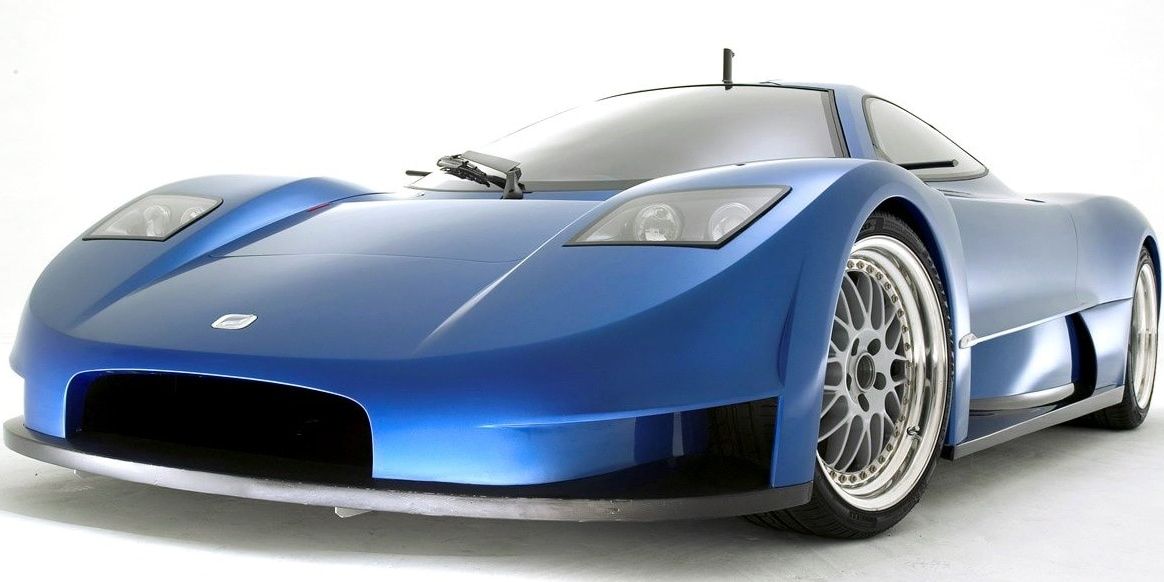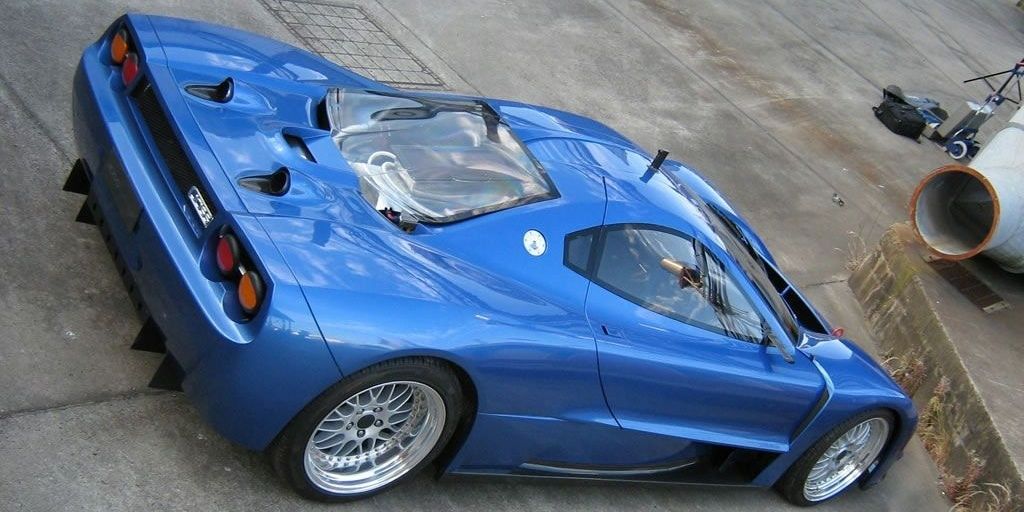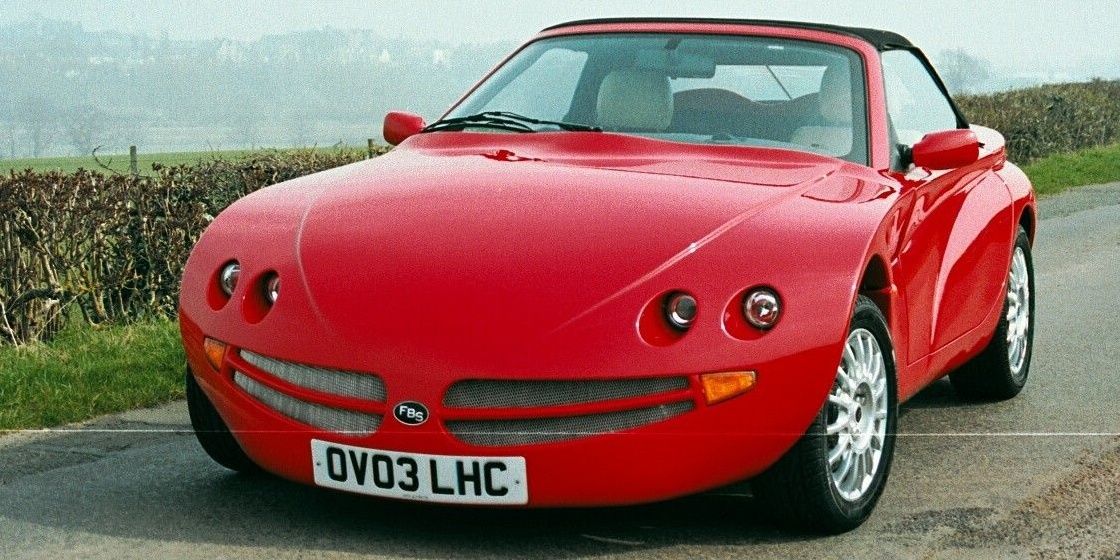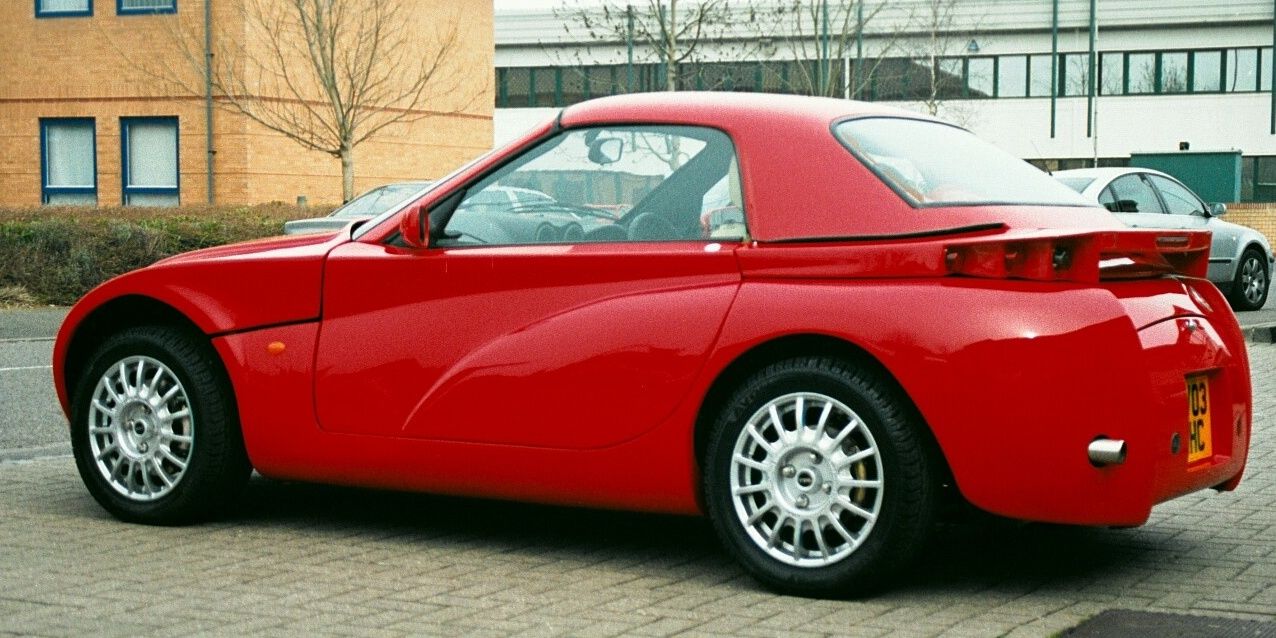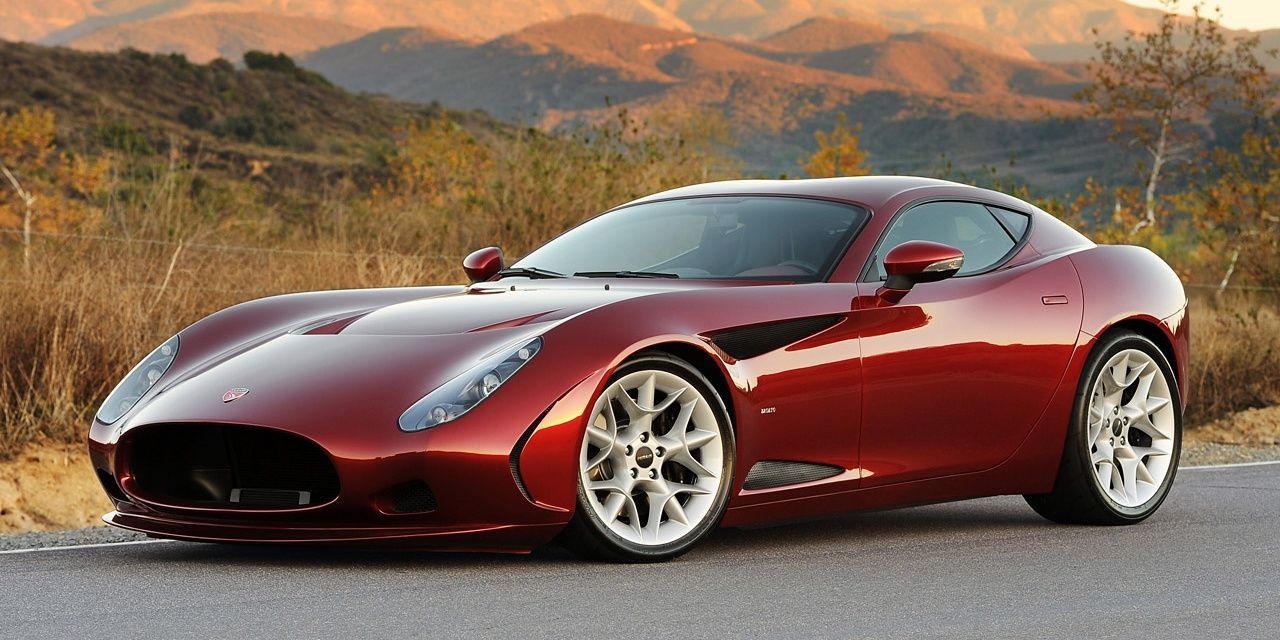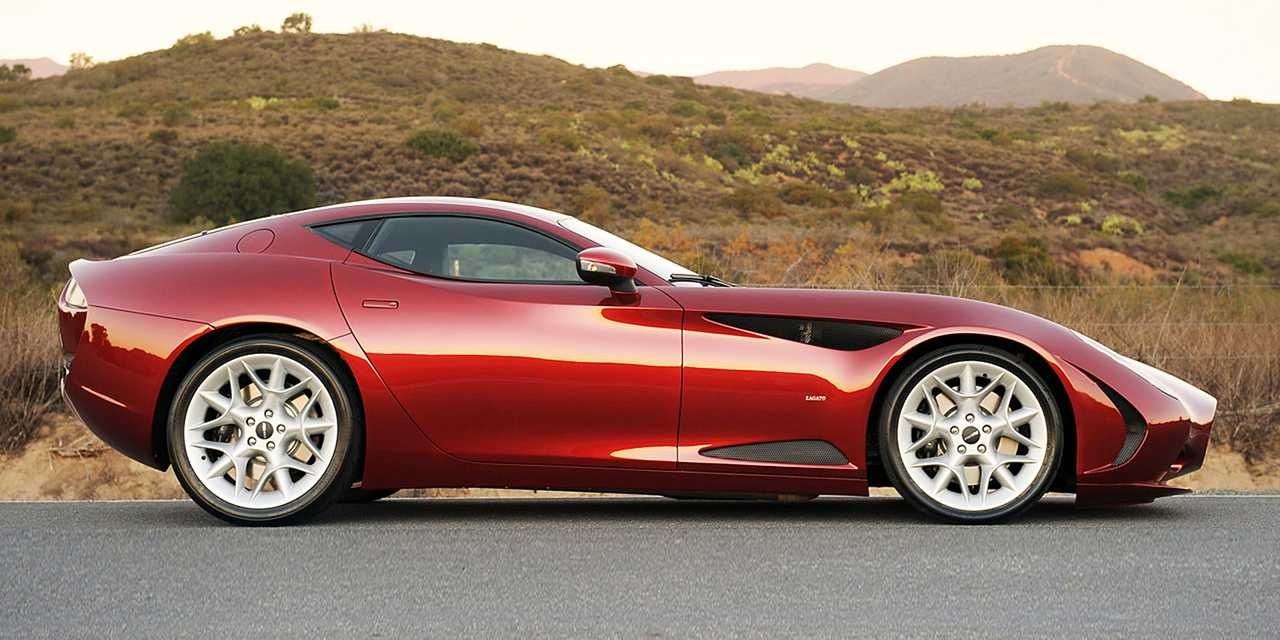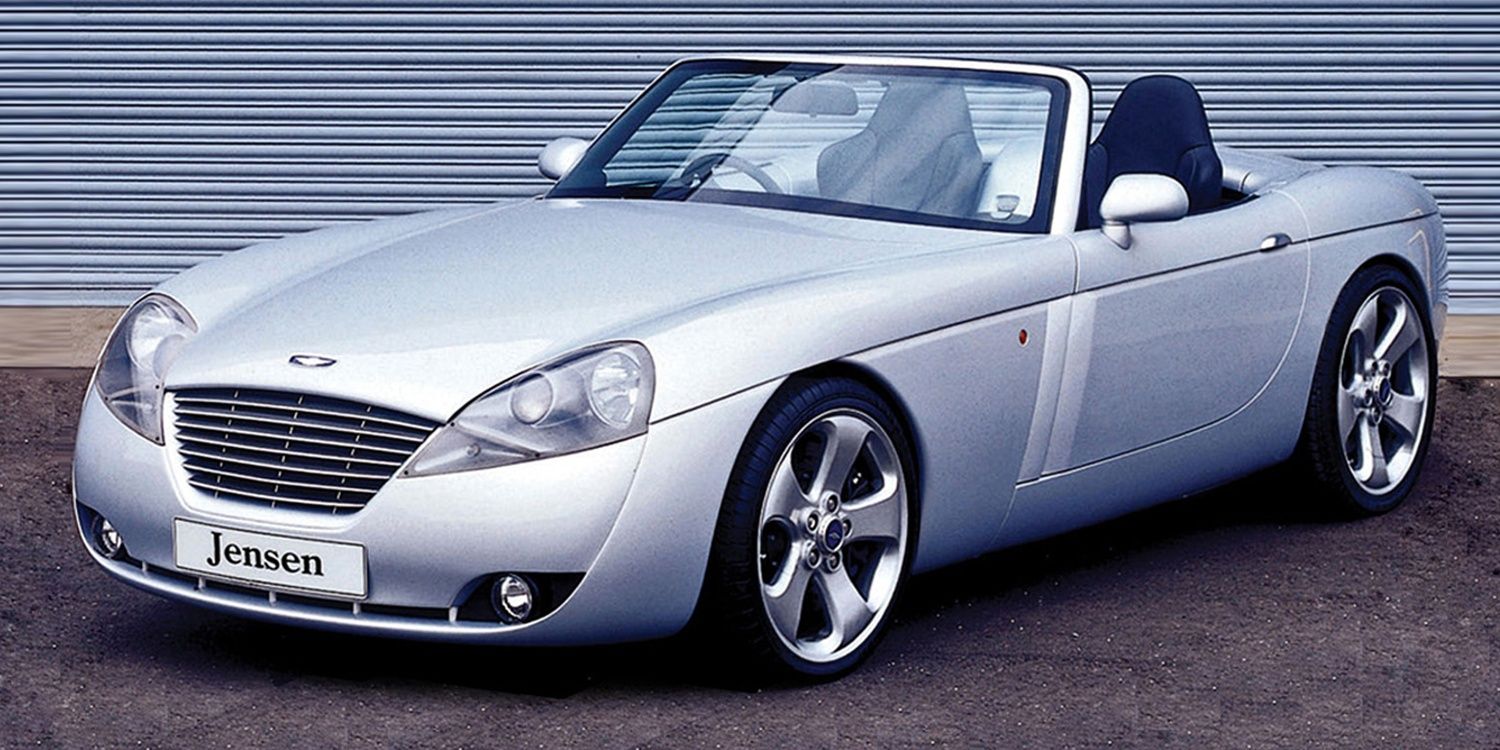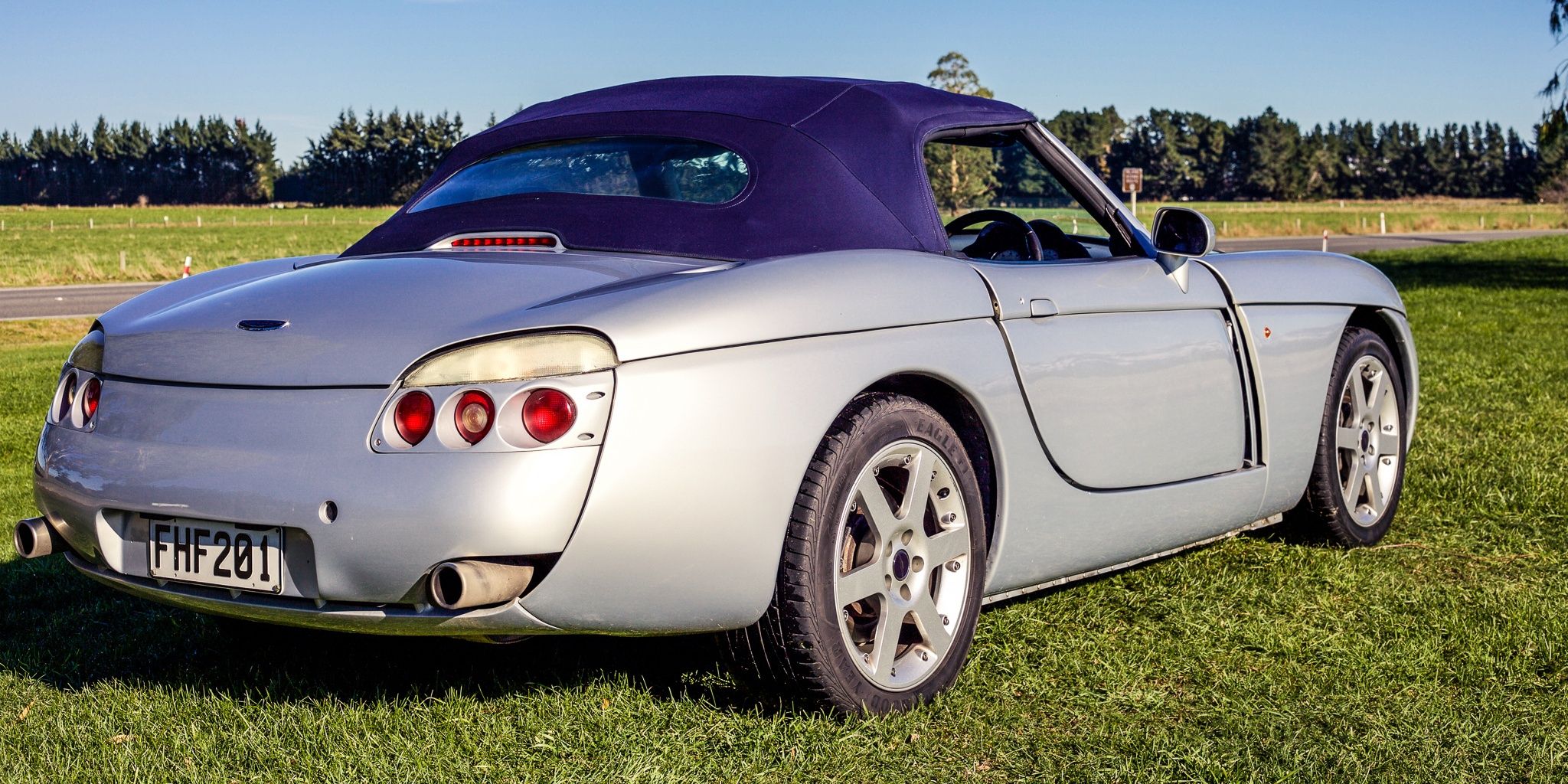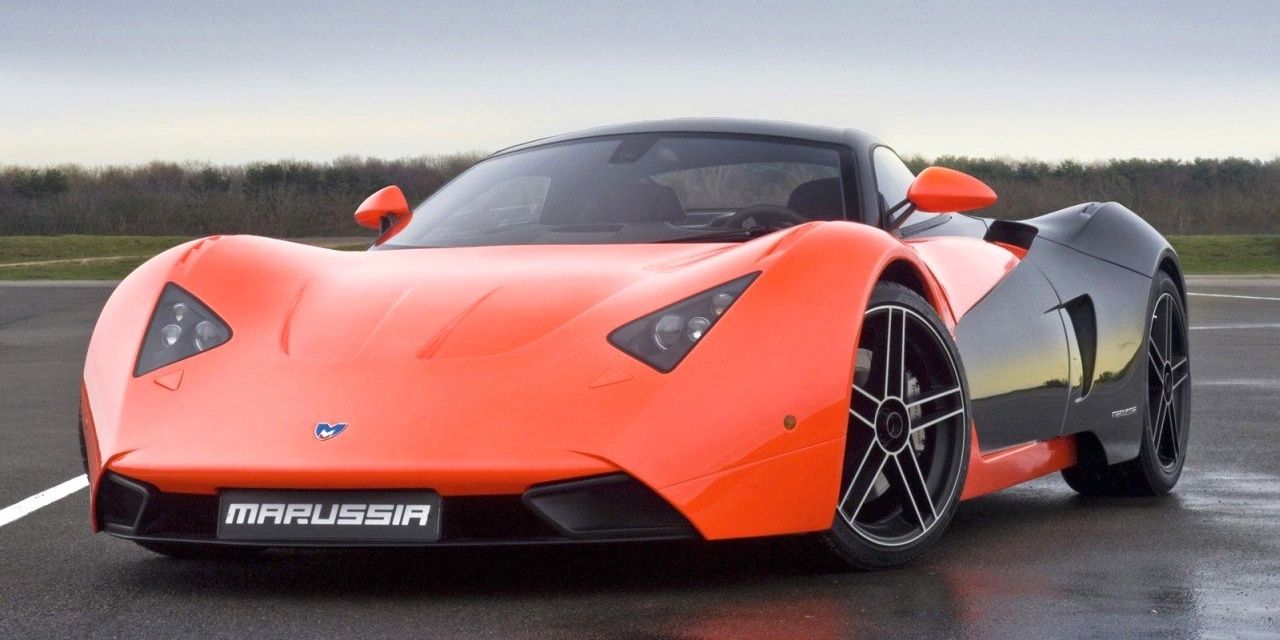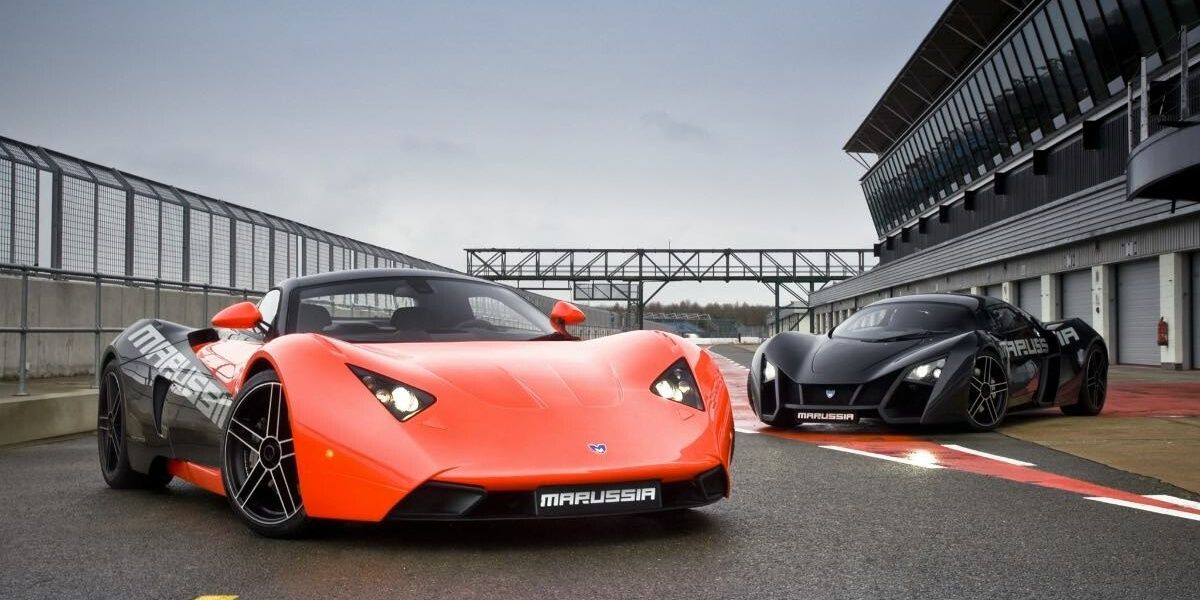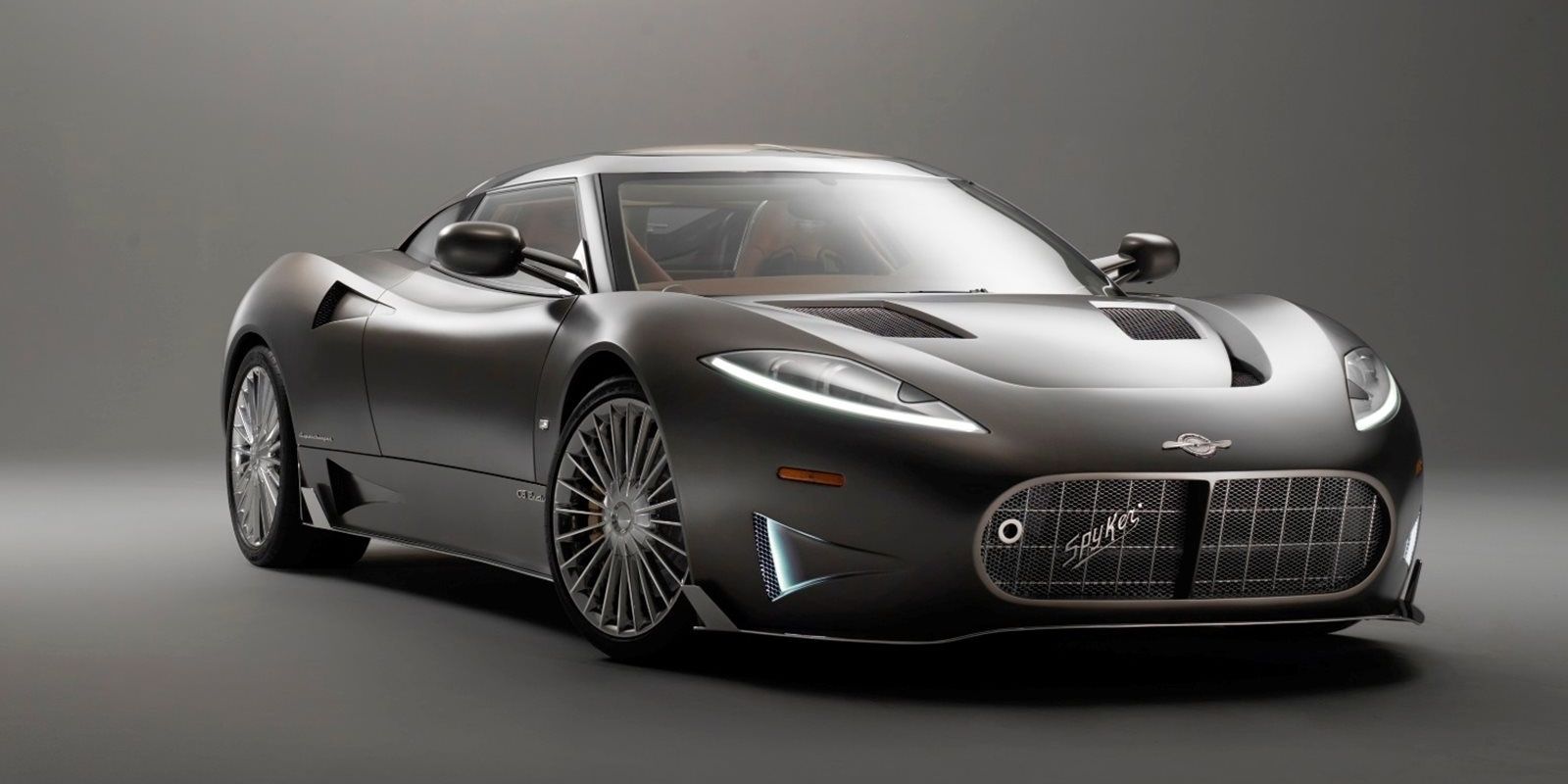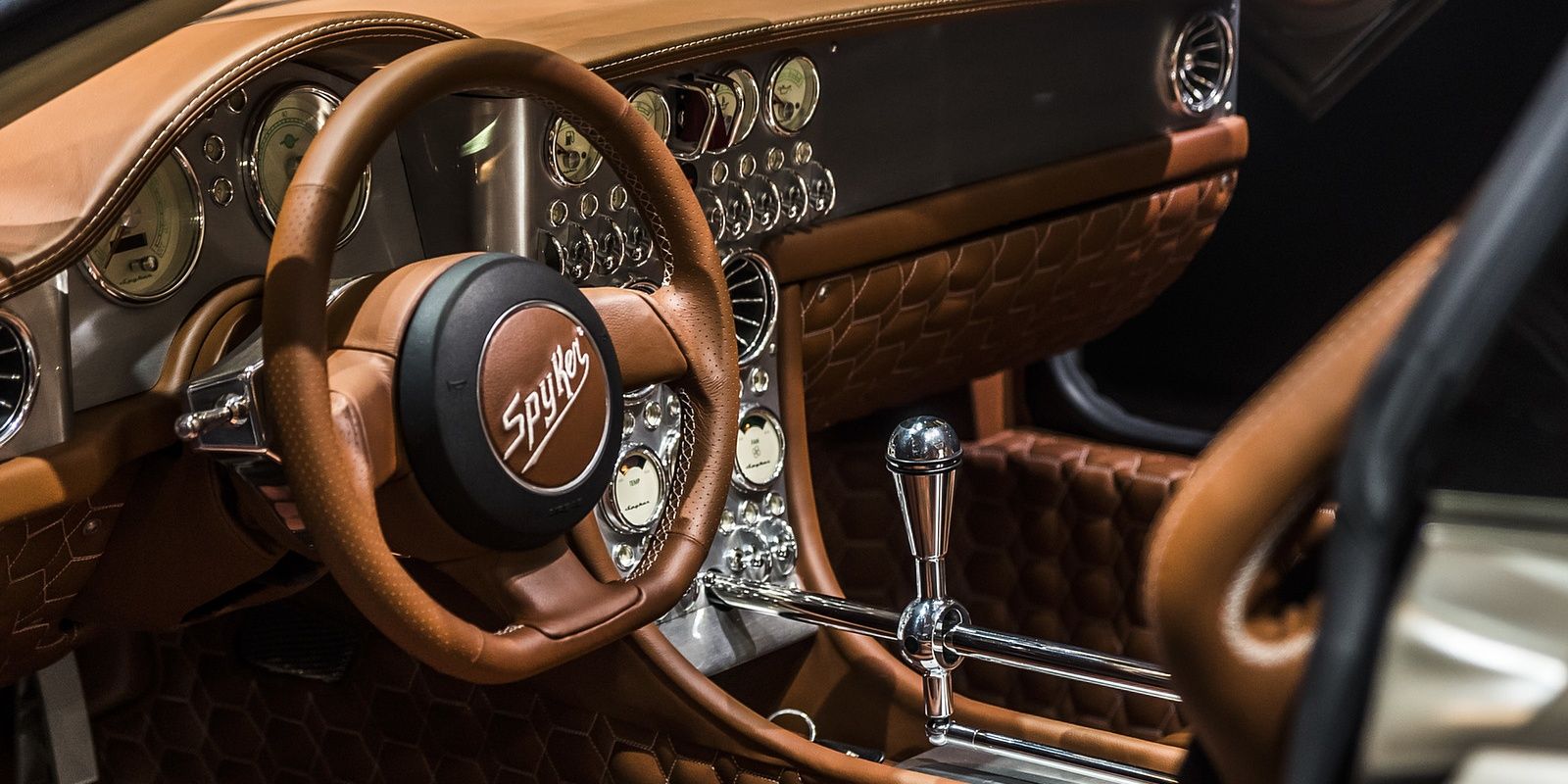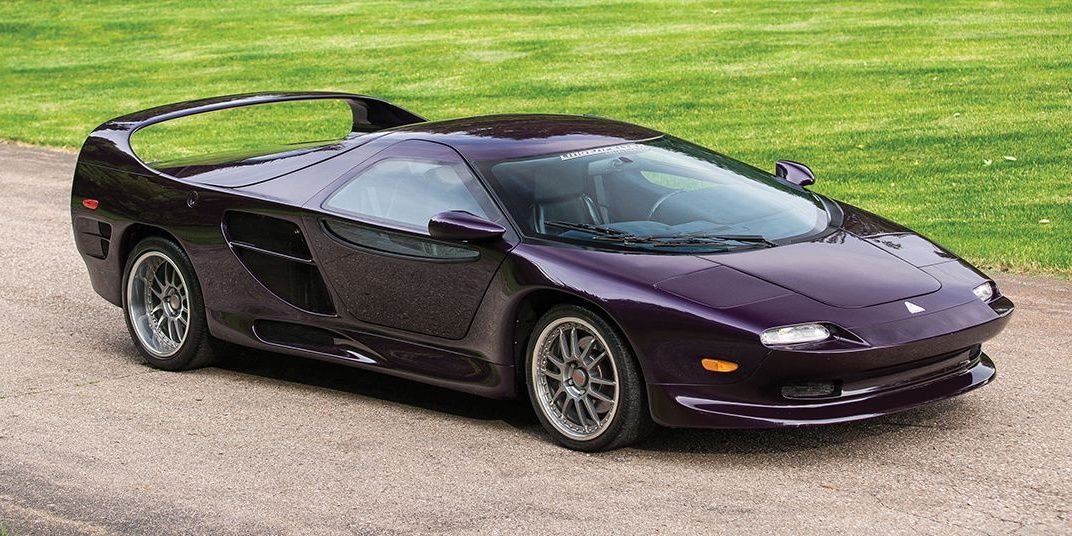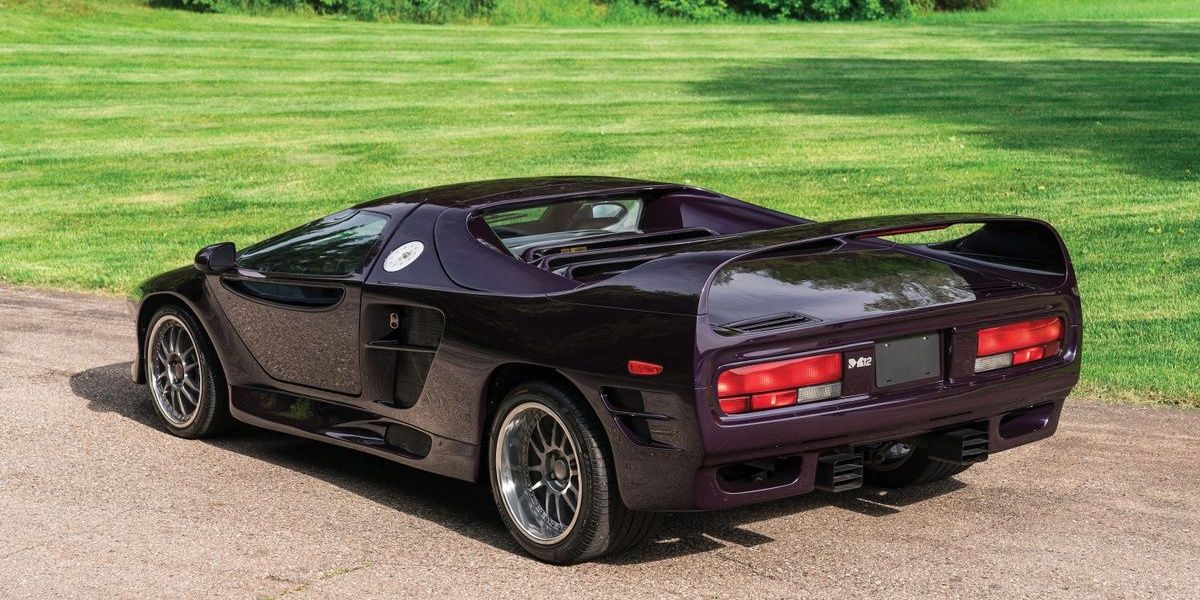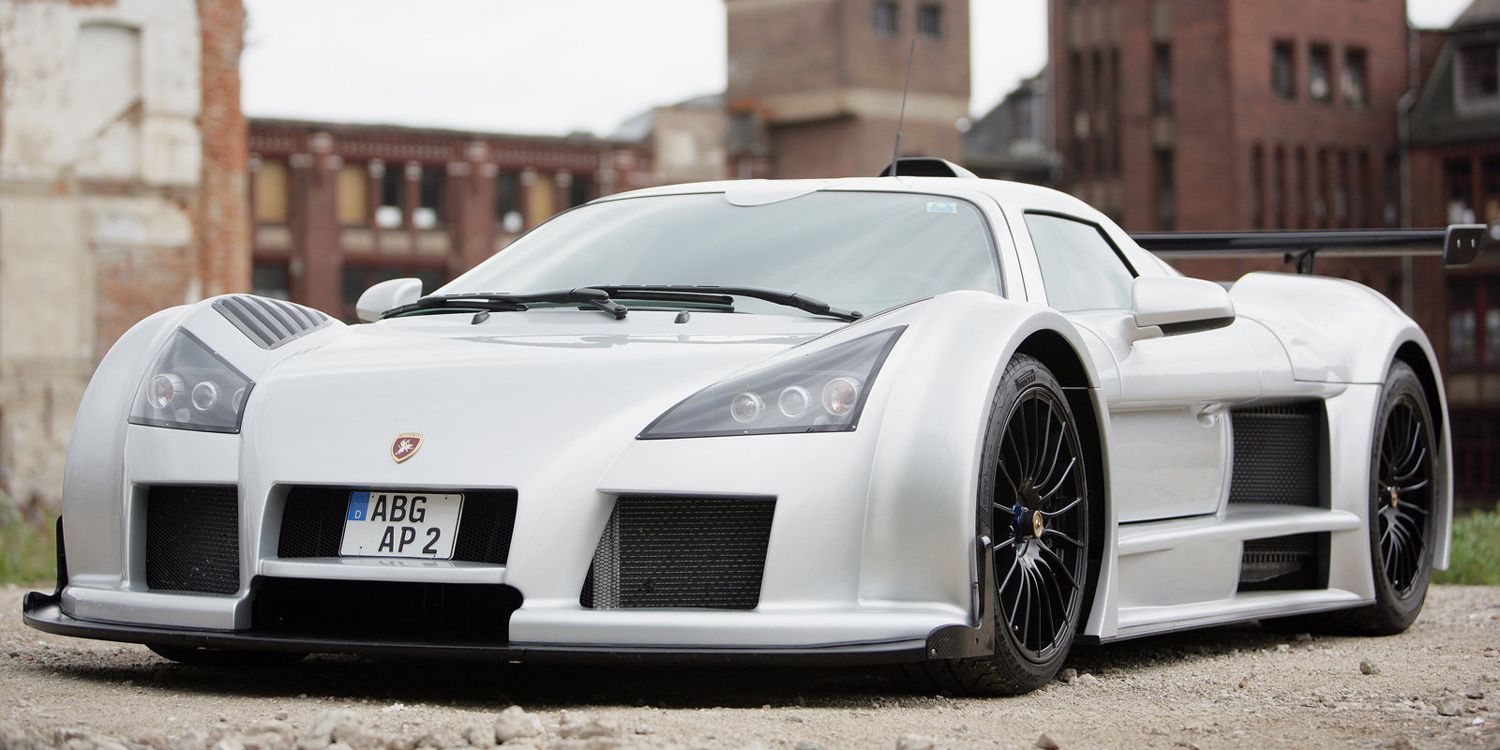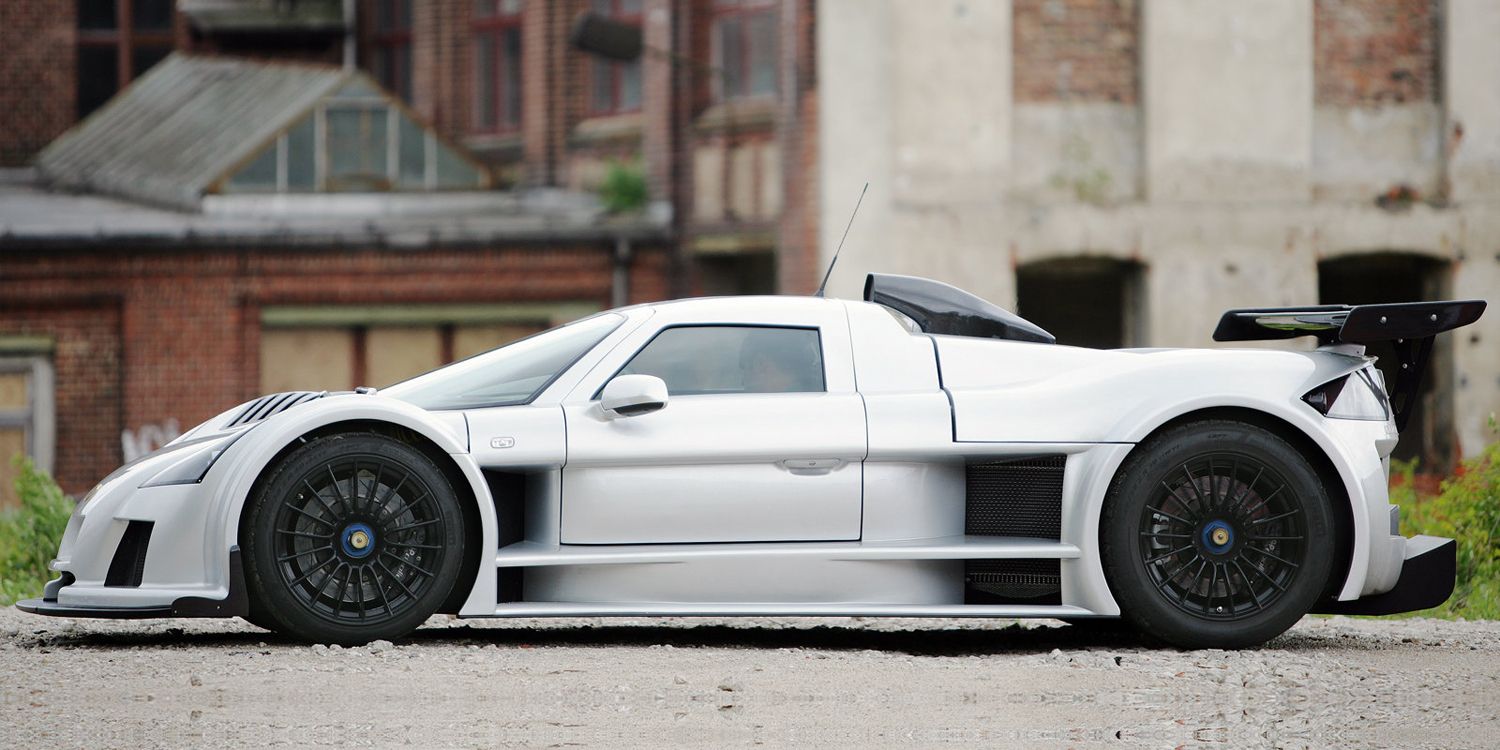It’s no secret that the biggest struggle for many smaller automakers is cash flow, as it can cost vast sums of money to develop and manufacture a single car. So, to ensure their future success, it’s critical that the car they’re developing sells well enough to recoup all of that development cost, and then some. If it doesn’t, it can lead to financial disaster and eventually bankruptcy for the company. The issue is worse for startup companies, as one sales flop can mean the difference between success and total failure.
As we’ll find out, it’s not always the case that these flops are bad cars either, instead, it’s simply that buyers weren’t interested, for some reason. The car might have been priced too high, it might have made unbelievable claims about its performance, or in some cases, it might have been simply too ugly for anyone to want to buy it. Whatever the reason these ten sports cars flopped, they were all such bad investments that they ended up driving their manufacturers to bankruptcy.
10 Wiesmann MF5
By the time the MF5 was debuted in 2009, Wiesmann had been making cars for over 15 years. Every car had a similar design, and they all came with powerplants sourced from fellow German automaker, BMW.
Perhaps this is why the MF5 couldn’t drum up the sales that the company hoped it would: it was simply too similar to Wiesmann’s previous cars. It didn’t help that the car debuted in the midst of a global recession, which dropped the demand for sports cars overall. Without enough sales revenue flowing into the company’s accounts, it couldn’t survive and went bankrupt in 2013.
9 Weber Faster One
Swiss startup company Weber debuted their first sports car, the Faster One, in 2008. For a small carmaker with no track record, Weber made some very big claims about the car, saying that it was going to become the world’s fastest production vehicle, beating the Bugatti Veyron.
It was also going to be one of the world’s most expensive new cars, costing around 1.6 million Swiss Francs ($1.68m). It seems no one believed Weber’s claims about their car, or if they did, they didn’t believe them enough to actually buy one. Only one example of the Faster One was made before the company collapsed.
8 Joss JP1
Joss was one of those startup companies that seemed to have all the right ingredients for success. They burst onto the scene in the early Noughties, proudly proclaiming themselves to be Australia’s first supercar company. Their first car, the JP1, drew a lot of media attention and featured in several high-profile video games from the era including PGR3 and Forza Motorsport 4.
However, this hype never translated to sales, and Joss never managed to find any customers willing to cough up the cash for one. The company turned to crowdfunding in 2014 in a last-ditch effort to save the project, but even that didn’t work, and the company had to sell off its remaining assets and close shortly after.
7 FBS Census
It’s rare that a sports car comes along that’s both ugly, badly built, and terrible to drive, but the FBS Census is all three of those. The small British manufacturer aimed to become the next Lotus or Caterham, but instead they crashed and burned after just eight examples of the Census had been built.
Apart from looking terrible, the main problem with the Census was that it claimed to be a track-day toy, but it was no good to drive. In fact, British magazine Evo listed the car as one of the worst they’d ever tested. To make matter worse, one of the car’s few buyers lost thousands when they put their car up for auction just two years after they bought it, but it only sold for 50{09e594db938380acbda72fd0ffbcd1ef1c99380160786adb3aba3c50c4545157} of the original retail price. Not many cars are so bad that they lose half their value in two years, but that’s probably why FBS went bankrupt just a few months later.
6 Perana Z-One
South Africa has quite a considerable domestic car industry, but it never had any sports car makers of its own. Perana sought to change that, and in 2009 they enlisted famed Italian studio Zagato to help design their first car, the Z-One.
According to their executives, they wanted to become the new TVR, with plans that the Z-One would cost under $100,000 to attract the maximum amount of customers. That plan didn’t go well, as the company didn’t make enough money on the few cars that it did sell to stop it from going bankrupt just a few years later.
5 Jensen SV-8
Jensen Motors was an English carmaker most famous for making the Jensen Healey and the Interceptor, but after prolonged financial troubles, it closed its doors in 1976. Then, in the late Nineties, an attempt was made to revive the brand, and a new car was developed, the SV-8.
It was launched at the 1998 British International Motor Show and 300 orders were reportedly placed for the car, but just a year later the company reported that most of those orders had been withdrawn and only 110 remained. It seemed like enthusiasm was waning for the SV-8, as newer rivals were released that were cheaper, more powerful, and better looking. Even more orders were eventually canceled, and the company went bankrupt in 2002 after just 20 cars had been completed.
4 Marussia B1
Russian manufacturer Marussia had a short but high-profile existence, being founded in 2007 and delivering their first supercar, the B1, just two years later. The B1 was to be their mass-produced car, and a second model, the higher-spec B2, would be limited to a maximum of 500 units.
In their few short years as a company, Marussia also founded a Formula 1 team and planned to open showrooms in London and Monaco. But, it was too much, too fast, and the pitiful revenue coming in from sales of the B1 simply couldn’t make up for what they were spending. By 2014, the company had gone bust.
3 Spyker C8 Preliator
Dutch carmaker Spyker has gone bankrupt so many times that it’s hard to tell which of their cars is the worst offender, but their most recent effort, the C8 Preliator, seems to have finished the company off for good.
It was supposed to be the newest in their flagship line of C8 models, but it seems that no one has been willing to stump up the cash to get production started. At least one prototype car was built by the time the company declared bankruptcy again in 2021, but no official sales had ever been reported.
2 Vector M12
Vector is an American supercar maker with an unusual secret: they’ve spent most of their fifty years as a company not making vehicles. They’ve developed a number of prototypes and promised to make each one, but most of the time, those promises don’t result in any actual cars being built.
Ironically, one of the only times they did actually manage to make a car, no one bought it. The M12 was originally promised as an all-American supercar, but budget constraints meant that it ended up being a modified and re-bodied Lamborghini Diablo. Buyers weren’t interested, as it wasn’t the all-American car they’d been promised, and as a result, the car was a total flop. Vector went bankrupt a few years after the M12 was released, but the brand was later bought out by its original owner. Who, to no one’s surprise, hasn’t made a single production car since.
1 Gumpert Apollo
It might not be the best-looking car on the market, but there’s no denying that the Gumpert Apollo was seriously fast. The car debuted in 2005 and was initially fairly successful, mostly thanks to its hardcore performance and readiness for the track.
However, the global recession between 2008 and 2010 saw demand for sports cars drop dramatically, and the Apollo was one of the casualties. Suddenly, no one was interested in buying a fast-but-ugly $600,000 track day toy anymore, and sales plummeted. The company quickly ran out of cash, eventually declaring bankruptcy in 2013.
Read Next
About The Author
